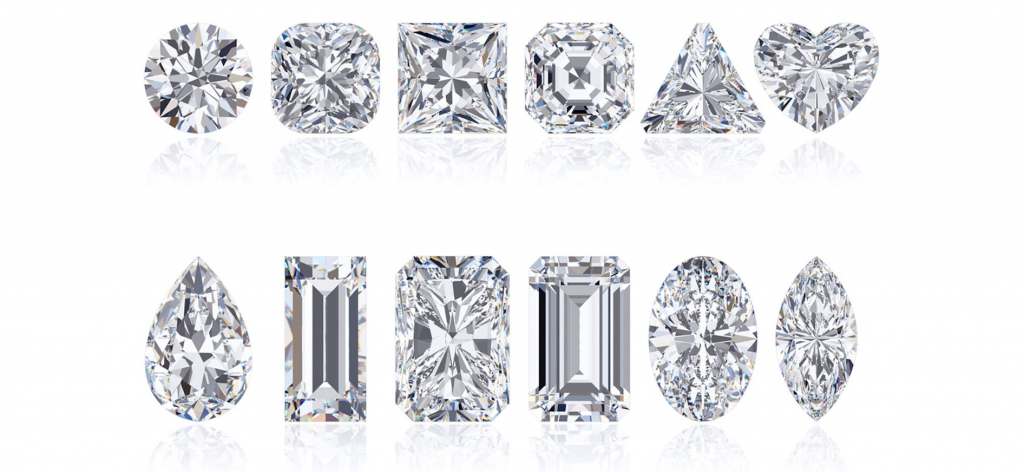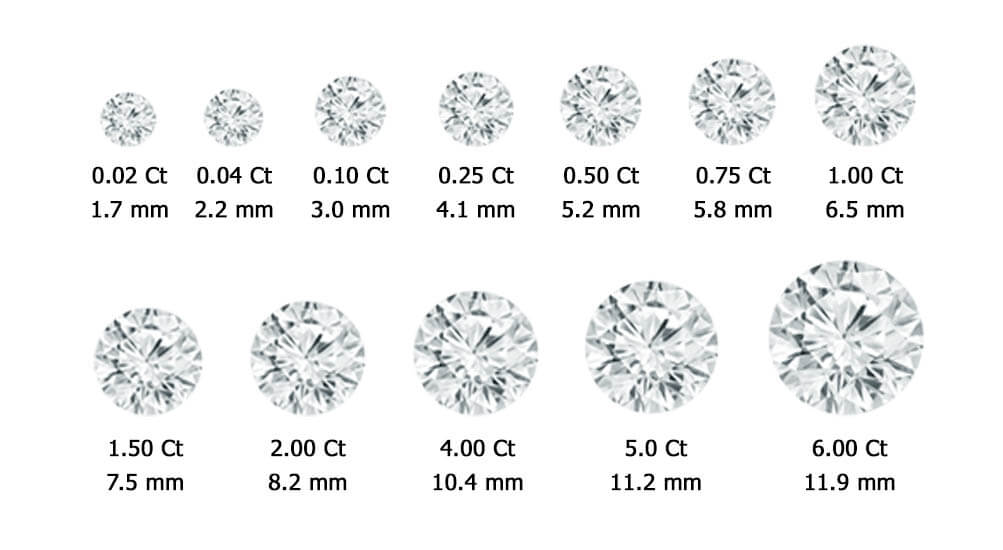About Diamonds

Every diamond is a miracle of time, place, and chance. And just like snowflakes, no two diamonds are exactly alike which makes them unique.
Until the middle of the twentieth century, there was no agreed-upon standard in which diamonds could be judged to determine their value. GIA created the first, and now globally accepted standard for describing diamonds: Colour, Clarity, Cut, and Carat Weight. Today, the 4Cs of Diamond Quality is the universal method for assessing the quality of any diamond, anywhere in the world.
The creation of the Diamond 4Cs meant two very important things: diamond quality could be communicated in a universal language, and diamond customers know exactly what they’re purchasing.
DIAMOND COLOR MEANS LACK OF COLOR

The diamond color evaluation of most gem-quality diamonds is based on the absence of color. A chemically pure and structurally perfect diamond has no hue, like a drop of pure water and consequently has a higher value.
The D to Z colour-grading system assess the presence or absence of colour by comparing a stone to masterstones, which are stones of established colour value.
A DIAMOND’S CUT UNLEASHES ITS LIGHT

Diamonds are renowned for their ability to transmit intense light and sparkle. We often think of a diamond’s cut as shape (round, emerald, pear), but a diamond’s cut grade is really about how well a diamond’s facets interact with light. Precise artistry and workmanship are required to fashion a stone so its proportions, symmetry, and polish deliver the magnificent return of light only possible in a diamond.
DIAMOND CLARITY REFERS TO THE ABSENCE OF INCLUSIONS AND BLEMISHES

Natural diamonds are the result of carbon exposed to tremendous heat and pressure deep caused by volcanic activity in the earth. This process can result in a variety of internal characteristics called ‘inclusions’ and external characteristics called ‘blemishes.’
Evaluating a diamonds clarity involves determining the number, size, relief, nature, and position of these characteristics, as well as how they affect the overall appearance of the stone. While no diamond is perfectly pure, the closer the diamond is to pure, the higher the value.
DIAMOND CARAT WEIGHT

Diamond carat weight is the measurement of how much a diamond weighs. A metric “carat” is defined as 200 milligrams. Each carat can be subdivided into 100 ‘points.’ This allows very precise measurements to the hundredth decimal place. A jeweller may describe the weight of a diamond below one carat by its ‘points’ alone.
